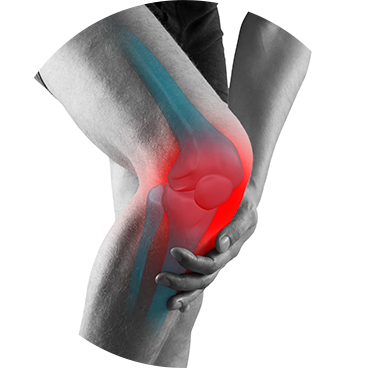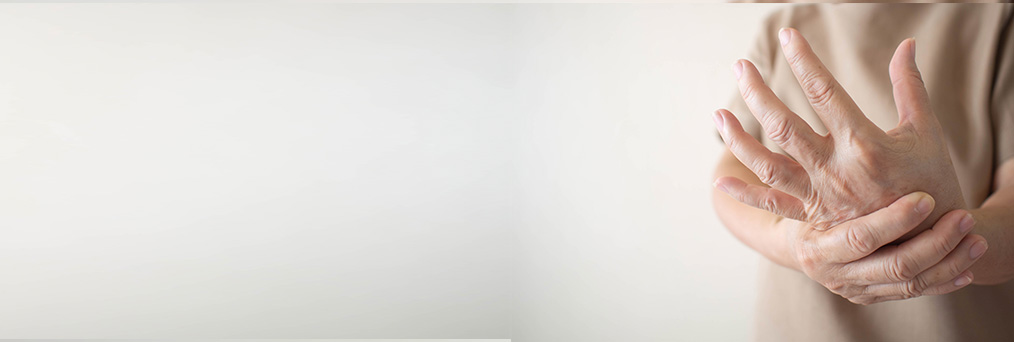Osteoarthritis or OA is the most common arthritis – an inflammation of one or more joints. Some people call it degenerative joint disease or “wear and tear” arthritis. It occurs when the protective cartilage that cushions the ends of your bones wears down over time. Without a cushion, friction and erosion develop within the joints (bone will rub on bone). People living with OA suffer from joint pain or aching, joint deformity, limited range of motion. OA eventually limits daily activity and potentially cause disability.
OA is not only an individual health but also a public health. It has affected middle-age and elderly population at an accelerating rate. Thailand is now an aging society and soon will be an aged society. In other words, people age 65 and older in Thailand is currently more than 7% of total population and this figure will exceed 14% soon.
What are risk factors of developing OA?
- Older age: the risk increases with age, particularly after 50 years old.
- Overweight and obesity: Body mass index (BMI) over 25 kg/m2 (1).
- Repeated stress on the joint: some activities create more stress to knee joints, e.g. climbing the stairs and sitting on the floor
(kneeling, squatting, cross-legged, side sit with knees bent) - Prior joint injuries
- Prior joint infection and/or inflammation
- Some coexisting inflammatory diseases: e.g. rheumatoid arthritis, Lupus (SLE), Gout
- Genetics: some people inherit a tendency to develop OA
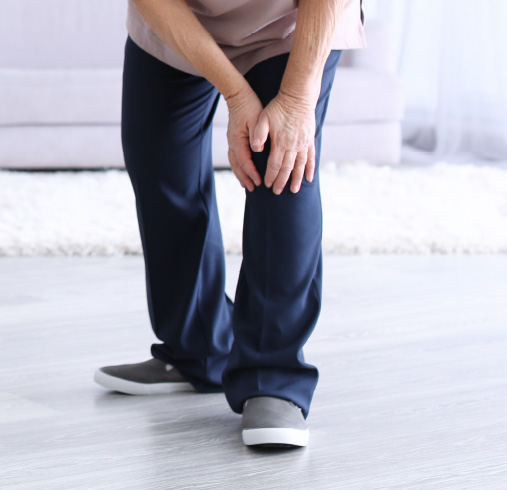
How prevalent/common is OA?
- OA has affected approximately 250 million people around the world.
- OA can damage any joints. The most commonly affected joints are knees, hands, and hips (2).
- OA is more prevalent among those age over 50 years old (3).
- Women are 2-3 times more likely to develop OA than men (4),(5).

What are symptoms of OA? (6),(7)
- Pain or aching in joints, especially during movement
- Swelling of joints, redness and warm to touch
- Joint stiffness, usually most noticeable upon awakening and improves within 30 minutes
- Limited range of motion
- Grating sensation and possible popping or crackling

Joint pain could be an early sign and it needs medical attention. Treatment can delay disease progression. As a degenerative disease, OA gradually worsens over time. It often results in persistent pain and deformity of joints. It can be severe enough to make daily tasks difficult. It also affects quality of life e.g. causing depression, anxiety, and insomnia (8).

How does OA differ from other joint disease?
OA symptoms are distinctive that they occur in people with older age or people with prior joint injuries. The symptoms develop and worsen gradually over time. For example, OA pain develops as joint deteriorates. Thus, the pain is chronic and injuries to the joint can aggravate the pain. An OA joint loss its range of motion over time while an infected/inflamed joint abruptly loss its range of motion.
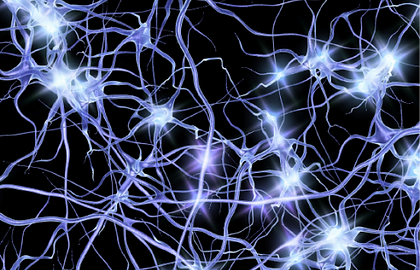
1. Conservative treatment, without medication
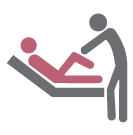
- Disease education and doctor-patient discussion: focusing on treatment options, pain and anxiety reduction, setting treatment goals, and helping patient to live with OA.
- Daily activity modification: avoiding activities that create more stress to knee joints e.g. kneeling, squatting, sitting on the floor with crossed-leg or side sitting with knee bent, and walking up the stairs.
- Exercise: strengthening quadriceps muscles e.g. cycling, swimming, and tai-chi.
- Weight control: aiming to lose 5% of current body weight in 20 weeks.
2. Conservative treatment, with medication

- Analgesics e.g. paracetamol (acetaminophen), non-steroidal anti-inflammatory medicines (NSAIDs) like celecoxib, ibuprofen, diclofenac etc. and opioid derivatives (narcotic analgesic)
- Joint health supplements e.g. glucosamine sulfate, chondroitin and diacerein
- Intra-articular injection (injection into the joints) with steroids to reduce pain, hyaluronic acid to help lubricate joints, or platelet-rich plasma (PRP) to promote joint healing
3. Surgery

Surgery (arthroplasty, joint replacement surgery) is recommended for OA patients who conservative treatment fails and the disease has impacted living or has caused disability. Joint replacement surgery is common for knee, hip and finger joints. The surgery improves patient’s quality of life and enables a more physically independent living, with an elevated mental health.
References
- Jevsevar DS, Brown GA, Jones DL, et al. American Academy of Orthopaedic Surgeons. The American Academy of Orthopaedic Surgeons evidence-based guideline on: treatment of osteoarthritis of the knee, 2nd edition. J Bone Joint Surg Am. 2013 Oct 16;95(20):1885-6. doi: 10.2106/00004623-201310160-00010.
- T. Vos, A.D. Flaxman, M. Naghavi, et al. Years lived with disability (YLDs) for 1160 sequelae of 289 diseases and injuries 1990-2010: a systematic analysis for the Global Burden of Disease Study 2010. Lancet. 2012 Dec 15;380(9859):2163-96. doi: 10.1016/S0140-6736(12)61729-2.
- Oliveria SA, Felson DT, Reed JI, et al. Incidence of symptomatic hand, hip, and knee osteoarthritis among patients in a health maintenance organization. Arthritis Rheum. 1995 Aug;38(8):1134-41. doi: 10.1002/art.1780380817.
- Felson DT, Naimark A, Anderson J, et al. The prevalence of knee osteoarthritis in the elderly. The Framingham Osteoarthritis Study. Arthritis Rheum. 1987 Aug;30(8):914-8. doi: 10.1002/art.1780300811.
- Park JI, Jung HH. Estimation of years lived with disability due to noncommunicable diseases and injuries using a population-representative survey. PLoS One. 2017 Feb 14;12(2):e0172001. doi: 10.1371/journal.pone.0172001.
- Theis KA, Murphy L, Hootman JM, et al. Social participation restriction among US adults with arthritis: a population-based study using the International Classification of Functioning, Disability and Health. Arthritis Care Res (Hoboken) 2013;65:1059-1069.
- Glyn-Jones S, Palmer AJ, Agricola R, et al. Osteoarthritis. Lancet. 2015 Jul 25;386(9991):376-87. doi: 10.1016/S0140-6736(14)60802-3. Epub 2015 Mar 4.
- Hawker GA. Osteoarthritis is a serious disease. Clin Exp Rheumatol. 2019 Sep-Oct;37 Suppl 120(5):3-6. Epub 2019 Oct 14.



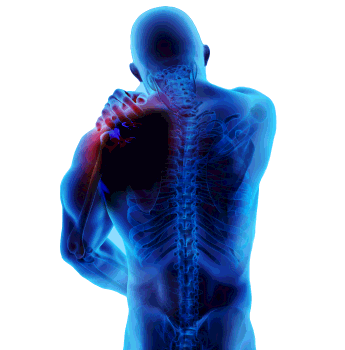 HOME
HOME